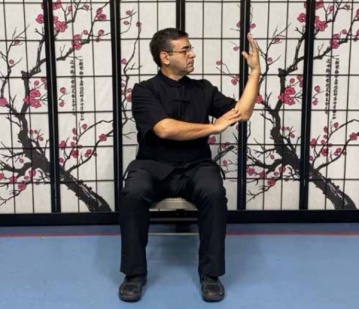
Tai Chi movements can be easily learned and performed by people of all ages in most states of health, and by those who have been sedentary for a long time or “hate exercise.”
Every year the practice of Tai Chi gains more popularity for combining the benefits of most other practices in one, as well as being a gentle and relaxing low-impact activity; it strengthens the lower part of the body, without putting unnecessary stress on joints and muscles; it improves balance, promotes flexibility, and increases body awareness, making it the ideal practice for those who wish to return to physical activity. But not only that. Tai Chi, in addition to helping to get the body in shape, can also contribute to improving the mental state. Studies have shown Tai Chi can combat stress, anxiety and depression.
Tai Chi has been helping healthy people to promote or preserve health, as well as helping people who practice with the aim of improving balance or preventing falls. Tai Chi has also been practiced by people with chronic pain, degenerative diseases, and even people in wheelchairs.
Pain discourages the practice of physical activities, which makes the situation worse, as muscles become weaker and joints stiffer. Tai Chi can be a great ally for people with sore joints and muscles, as Tai Chi increases the ability to exercise painfree within a greater range of motion. The movements involved minimize stress on painful areas, and by improving circulation, can promote relief, and even healing in some cases.
Dedicating yourself just one hour twice a week to learning, and with a few minutes of daily practice at home, in a few weeks, you are already able to perceive the beneficial results of the practice of Tai Chi.
Once the technique is learned from a qualified instructor, it becomes an activity that can be practiced anywhere, anytime.
Everyone should try and consider including Tai Chi in their daily routines for healthier lives and stronger bodies. If you haven’t tried Tai Chi yet, maybe this is the time to do so.
